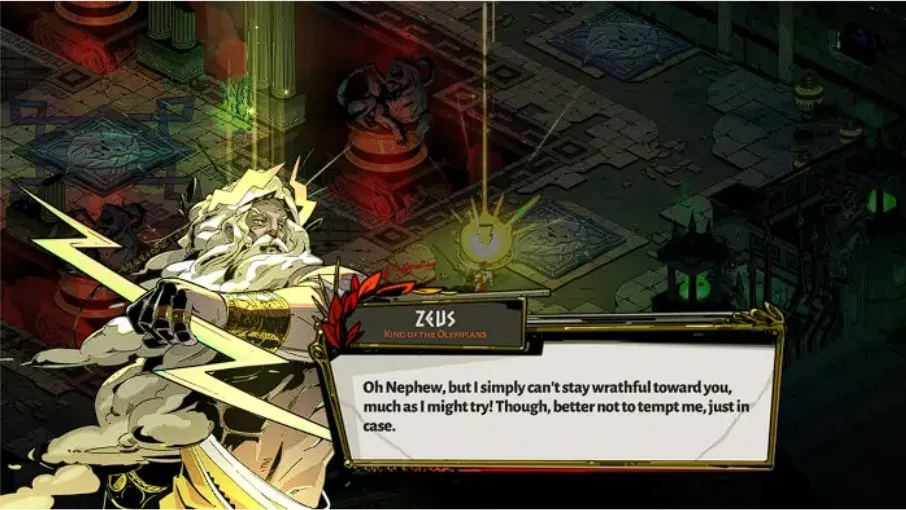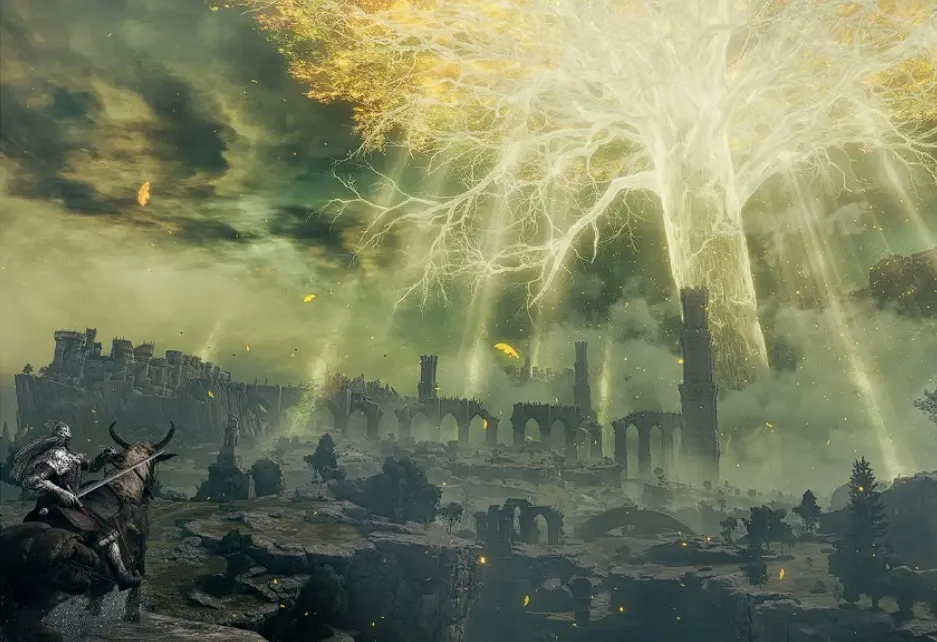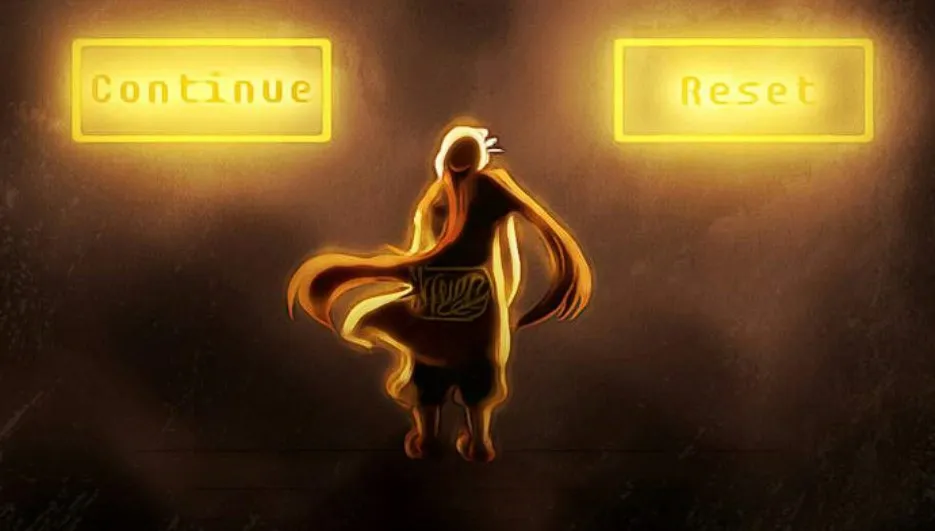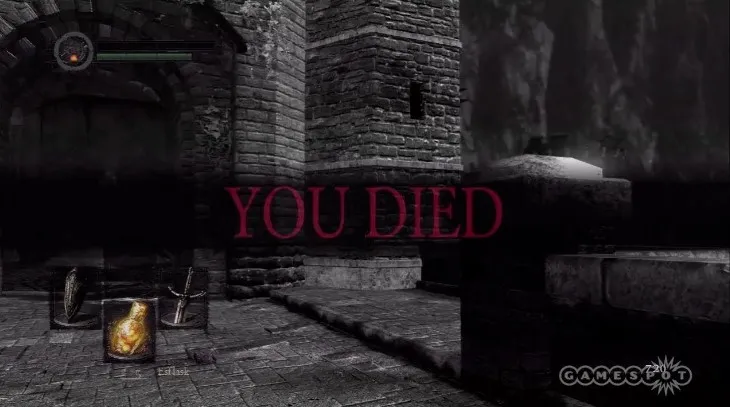Have you ever found yourself hooked on a video game, played for hours on end or spent a large amount of money on in-game purchases? Maybe you've even felt the urge to punch your screen in anger, screaming from the top of your lungs. Well, the reason behind these tendencies are influenced by the carefully-crafted process of game design, which I find fascinating as someone who has gone through all these scenarios. I have recently taken a step back from just being a player to becoming a critic, and in doing so, I have observed patterns in games that have sparked my interest in diving deeper into the world of game design.
Game design is a collaborative process that involves specialists from various fields, such as art, literature, or even psychology. These are a few examples of the key components that come together in the intricate process of designing a game.
When it comes to buying a book, most people rely on the cover and title to make their decision. The same applies to video games. The first thing that loads up when you click on a video game on your PC is the title and art, which set the tone and style of the game. This is why concept artists are essential in the game design process. Their job is to design themes and color schemes that apply to every minute detail, including objects, settings, and characters.
A great example of concept-design is the game "Hades," a rogue-like semi-2D game that explores dungeons and fights enemies. The concept artists of the game did a stunning take on interpretation of the appearance of Olympian gods, turning them into cool cartoon characters while still retaining their characteristic looks. The same artistic style is applied to the design of weapons, UI, and settings, creating a very cohesive visual experience.

Good art concepts alone may not be enough if they were not used correctly. Players may misinterpret the meaning underneath them, altering the understanding and context of the game. Furthermore, there may also be technical issues due to the heavy load of computer calculations. This is where visual design comes into play. Visual design is the process that puts your point of view into the game. In games where players can freely explore the map, visual effects play a crucial role in creating the atmosphere/ambience and aesthetic quality of the game.
One great example of breathtaking visuals in a game is "Elden Ring”, The 2022 Game Of The Year. This video game follows a hero's journey through a magical world, fighting monsters, gaining strength to overcome a lord. The game features a large map that takes days to explore, and the developers planned locations that act as "viewpoints” throughout the game where players can see the landscape back at the areas they've traversed, giving them a sense of accomplishment and anticipation for what lies ahead. The game has an iconic golden tree that is the location of the game story’s climax.The tree is visible in the scenery from the beginning of the game, shining elegantly, serving as a landmark and goal for players to head towards. This method of visual effect is called “interconnection,” a technique to help the game feel more spacious by linking locations to each other. Additionally, the detailed landscape design showcases many depths of infrastructures, blended beautifully with nature, creating a visually stunning and immersive experience.

The idiom "Don't judge a book by its cover," is true when applied in the gaming community. Many games that may initially appear uninteresting based on their aesthetic or title may turn out to be surprisingly enjoyable and engaging to play. One key reason for this phenomenon is the power of storytelling in games, the concept behind the game and how it is conveyed to the players. Good game stories will definitely engage the players into becoming connected with the character, motivating them even further more. As previously mentioned, literature plays a pivotal role in game design because telling compelling stories requires creativity. Unlike books or movies, games are interactive, and every action a player takes can impact the game's ending, requiring writers to put extra effort into developing the plot.
"World building" is a common technique used by game storytellers, where they create the game's natural laws and setting. Once the concept is established, the storyline or "lore" is written using various storytelling methods. One of my favorite story-driven games that shows the power of storytelling is the game “Undertale'', a fun, cozy game that tells the tale of a human child who falls into an underground lair of monsters. Throughout the game, players can choose to befriend or kill the monsters which lead to different endings. The game is filled with subplots for each character and revolves around the concept of "determination," represented as a soul with powers. These powers enable players to return to a checkpoint after dying and reset the timeline, just like starting a new game save, reflecting the unwavering will of the main character. The ingenuity of the game's writers is evident in how they integrate in-game functions into the game's lore, adding depth and complexity to the overall storytelling.

It is also important to incorporate conflicts and difficulties that challenge players. To achieve this, a deep understanding of human behavior and psychology is necessary.
One notable game development company that is recognized for its Adventure/RPG games with incredibly high levels of difficulty is Fromsoftware. Games like Elden Ring, Dark Souls, Sekiro, Demon Souls, and Bloodborne, and all products of Fromsoftware, are known for their challenging mechanics and grueling boss fights. In fact, the difficulty level is so intense that less than 36% of players who own these games actually managed to finish them, let alone the secret enemies and side storylines. Interestingly, Hidetaka Miyazaki, the game director himself, has claimed to be a masochist and enjoys seeing player’s rage and suffering in playing his games. Ironically, he has never finished any of his own games!
Fromsoftware clearly demonstrates the significance of understanding human behavior and psychology in game design, as it allows for the careful crafting of challenges that are engaging and motivating for players, while keeping them hooked/engaged through their journey of overcoming difficulties.
In Dark Souls III, bosses are designed to deal massive damage, often resulting in near-death experiences for players. These bosses also have secret moves that catch players off-guard, creating a sense of being close to completion. If the players get killed in game, there will be a message that makes them feel even more revengeful saying “You Died.” This is known as the "near-miss" theory, where game designers deliberately create situations that give players the impression of coming close to winning but falling short. These near-misses are intentionally designed to evoke excitement, anticipation, and motivation in players, encouraging them to continue playing and strive to reach their goals.

Once players become more addicted, Dark Souls and many Fromsoftware games often present continuous conflicts in the form of quests, missions, or objectives, leaving them as "unfinished business" in the player's mind. This phenomenon is called the "Zeigarnik Effect", which suggests that incomplete or interrupted tasks may create a sense of tension or cognitive discomfort amongst individuals, leading to an increased motivation to complete or pursue those tasks or goals. In the context of game design, the Zeigarnik Effect can be used to create engaging and motivating gameplay experiences.

